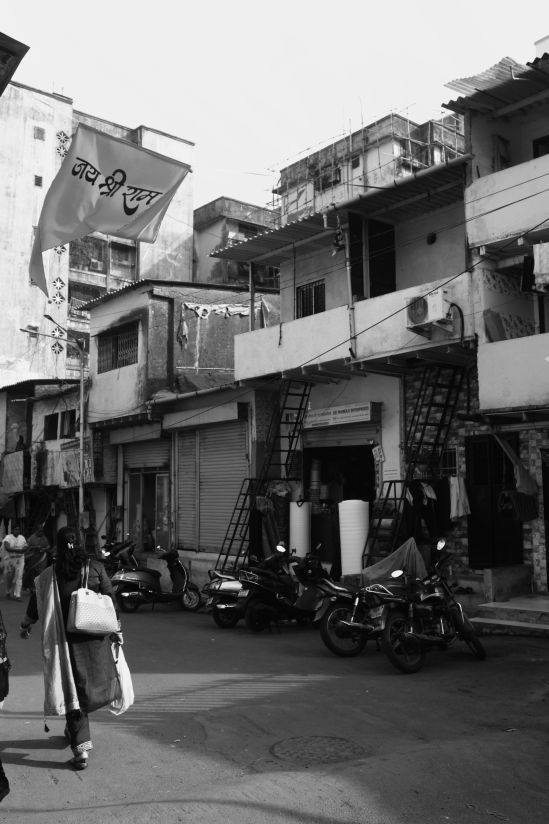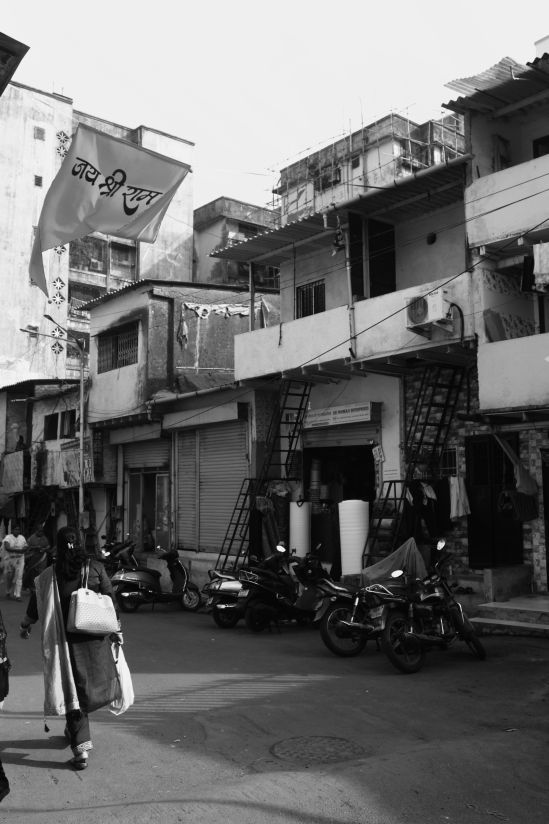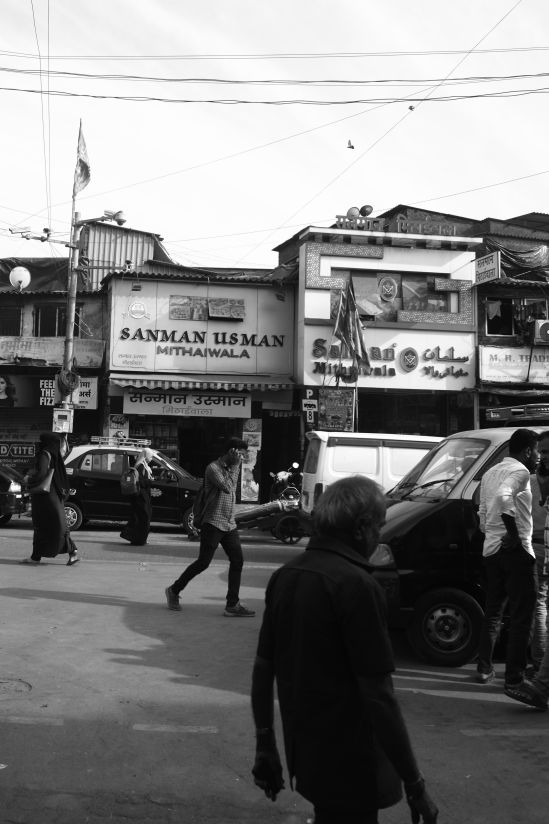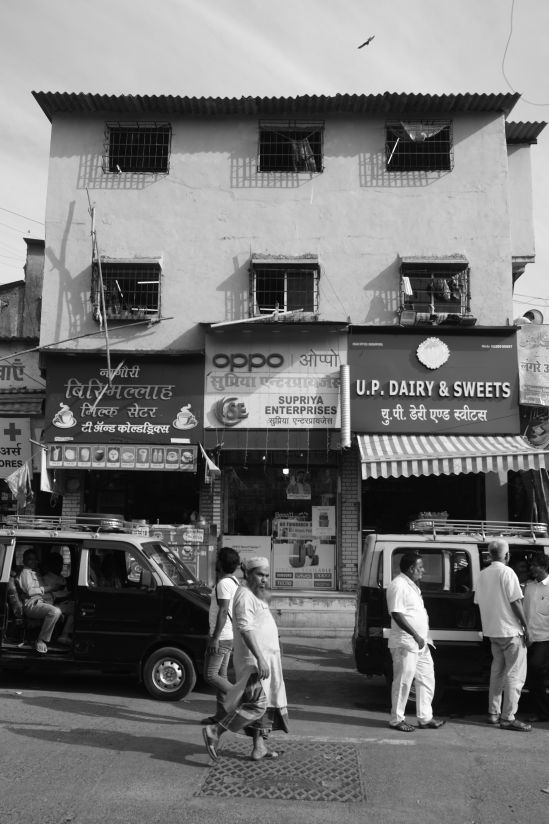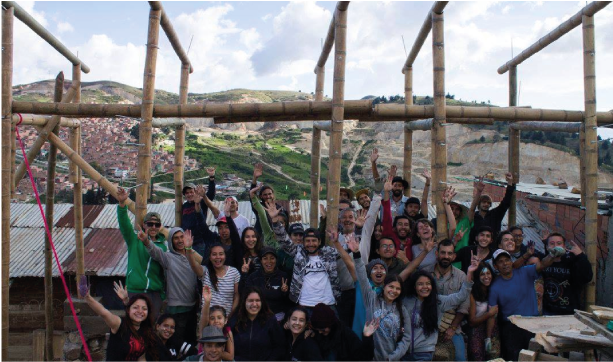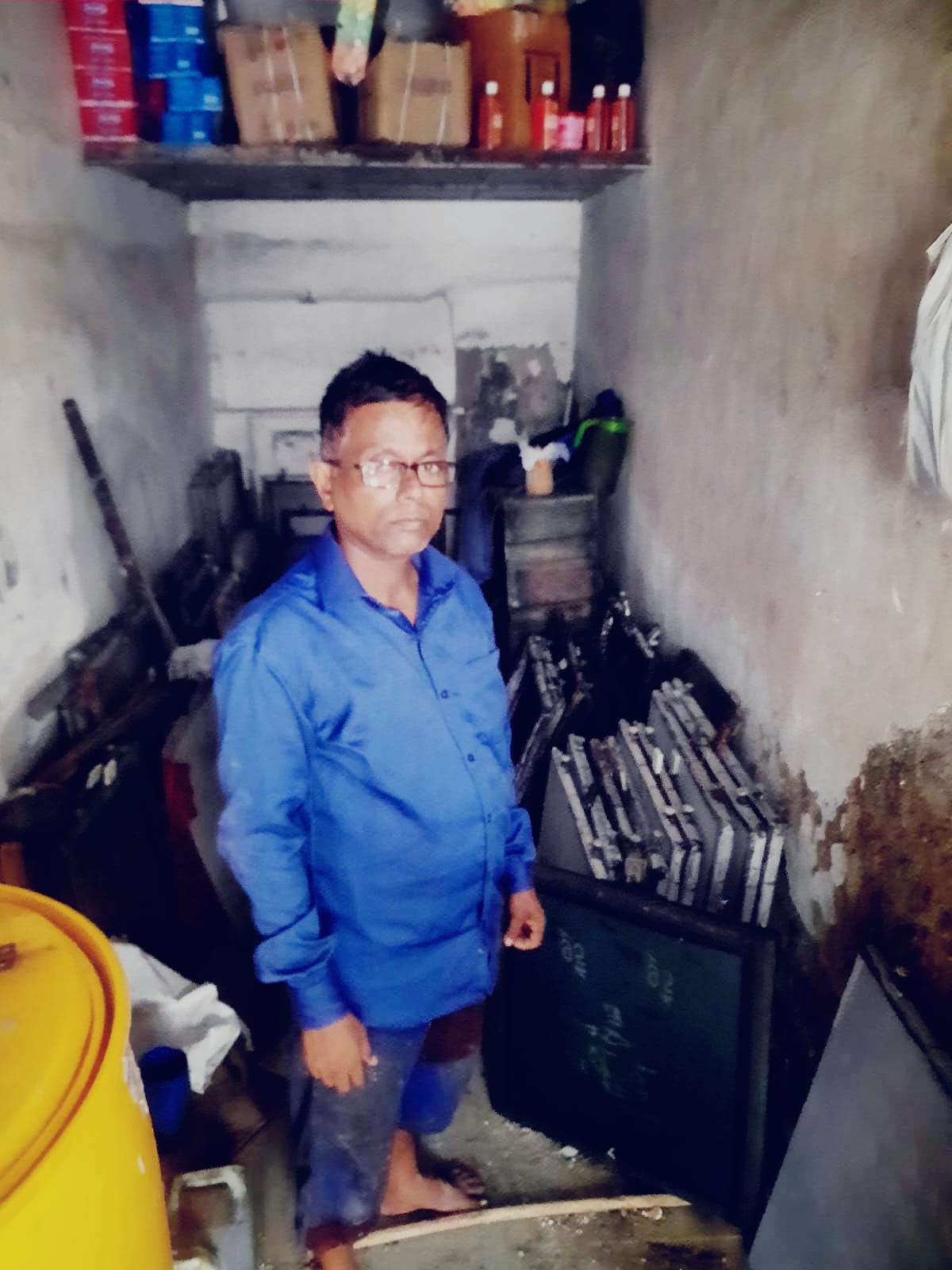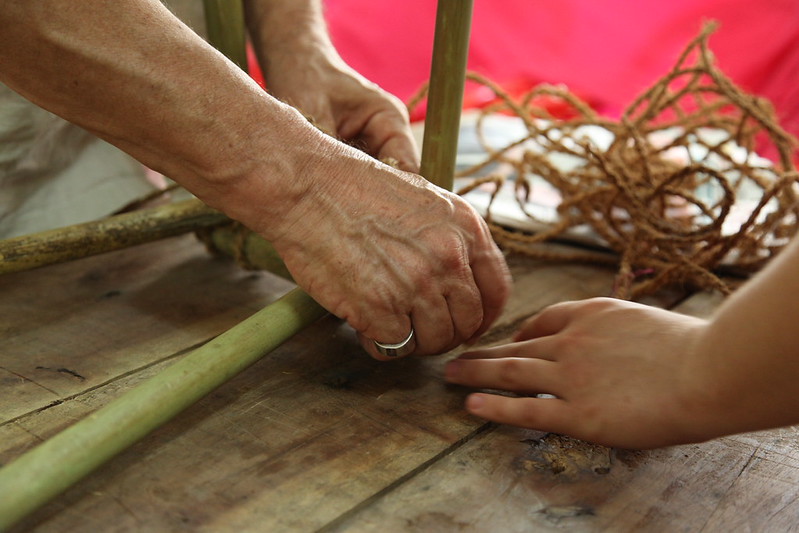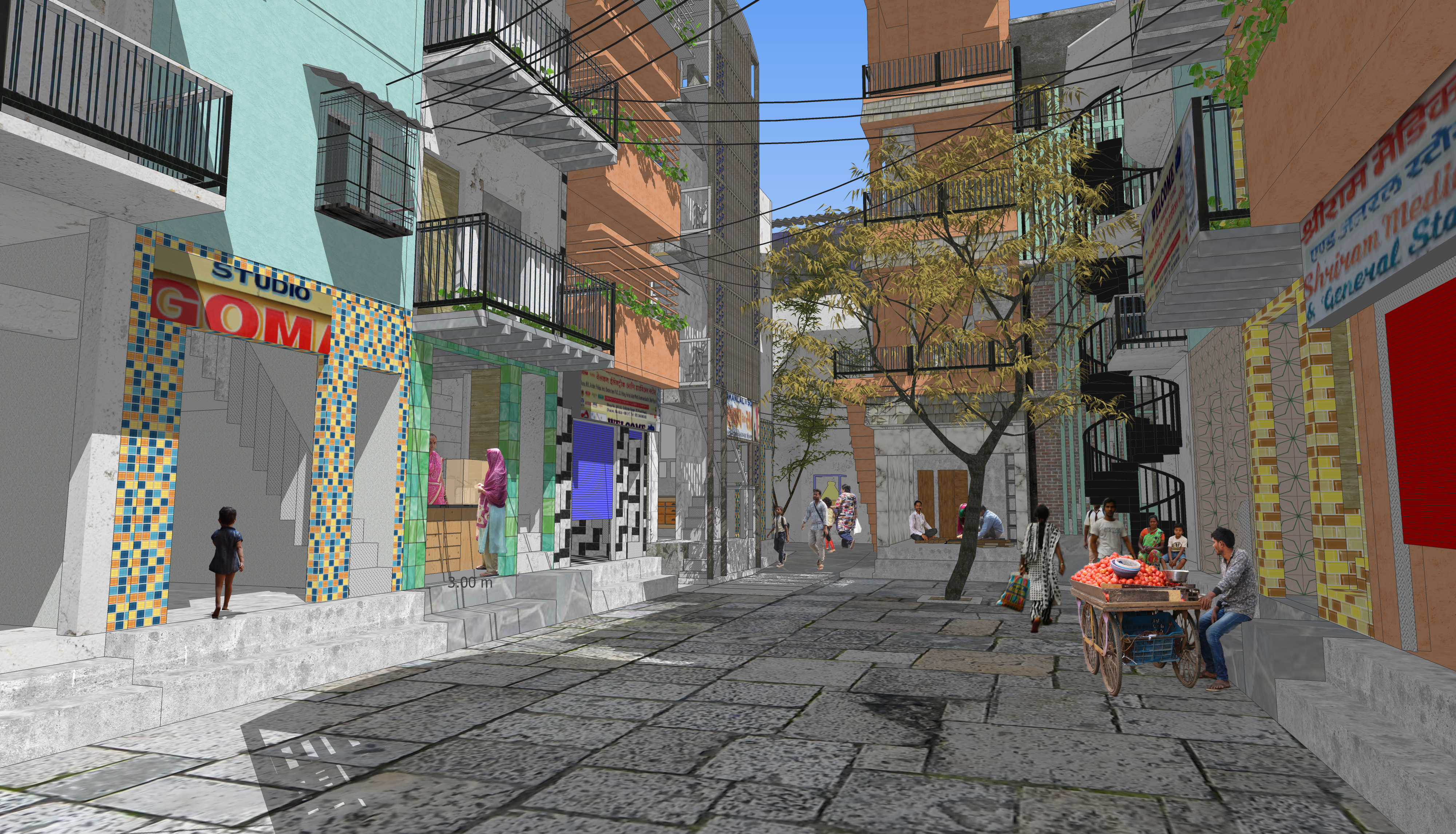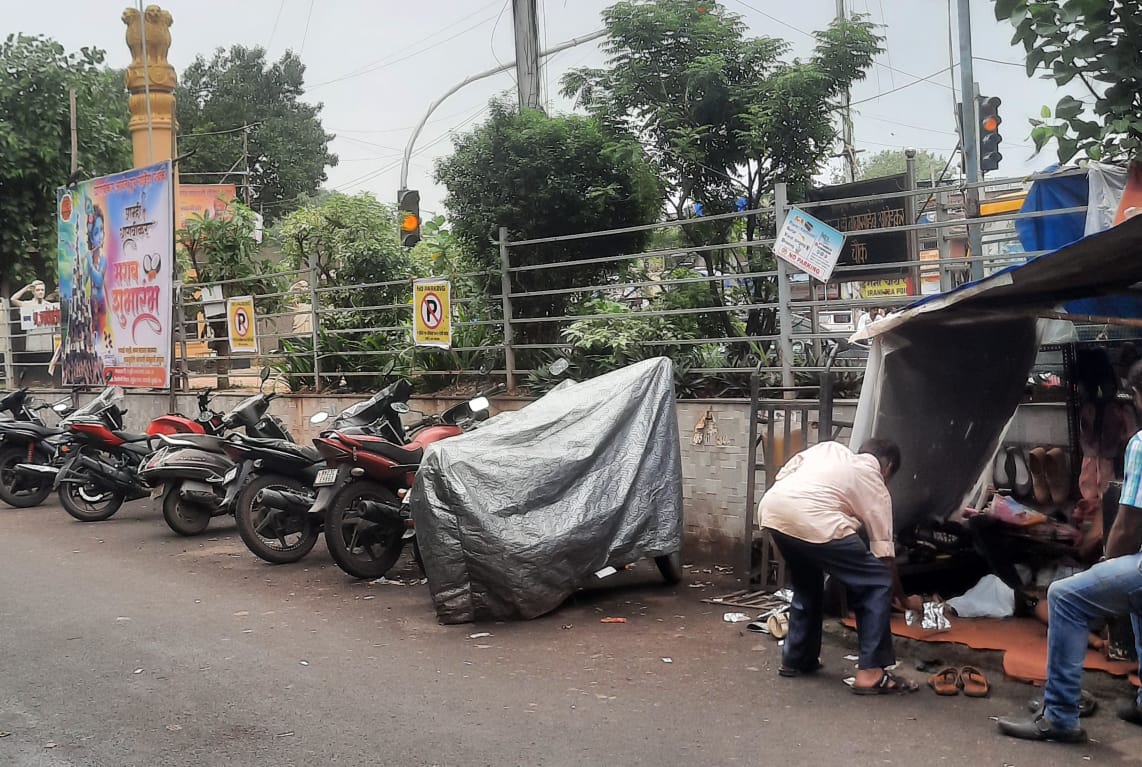Resilience and recognition of an unseen typology - Part 2
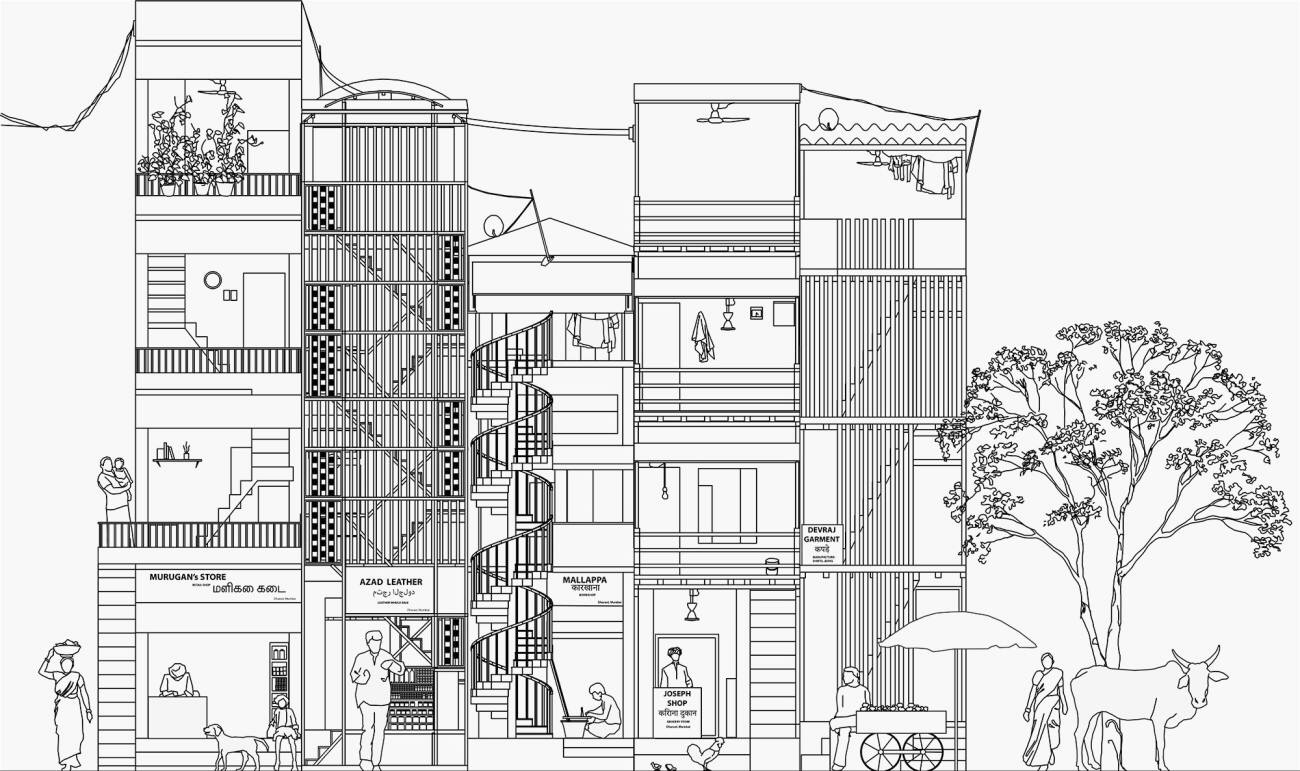
Resilience and recognition of an unseen typology - Part 2
The previous article on Dharavi's tool-house typology sleeved into Sangam Gully, a specific street section, to uncover the diverse economic activities and family structures within Dharavi – tracing the history of Dharavi. Sangam Gully's tool-houses embody the essence of the tool-house typology, serving both as residences and workplaces. Through profiles like Bharati Pawar's multi-level building housing garment retailers, Abdul's Dargah sustaining itself through rental shops and an LG gas business, Ibrahim Ansari's transformation of his family's timber business into a garment store, and Anil Hinduja's restaurant and garment production factory, the article highlighted the varied manifestations of this resilient typology. The economic landscape in Dharavi extends beyond garment specialization to include traditional artisanal practices, small-scale manufacturing, and emerging service-industry activities, forming a dynamic and interconnected system with various clusters in Dharavi. Emphasizing the role of recognition, the article challenges the conventional narrative of Mumbai as an "economic capital" or a "world-class city," revealing the indispensable contributions of Dharavi and its residents to the city's dynamics. Failure to acknowledge this history, typology, and resilience perpetuates profound inequalities and neglects the significance of Dharavi in shaping Mumbai's narrative. To advocate for the recognition of this typology, we had an exhibition at one of the architecture biennale “forms follows recognition”
Acknowledgement in this sense should not imply that the physical (tangible) heritage of the tool-houses should be preserved within institutional mechanisms, as the residents themselves prefer not to live in the structures lacking ventilation and facilities that carry social stigmas. However current types of redevelopment risk replacing the typology, its residents and their history to the city’s periphery pushing most of its residents to the city's periphery, compelling them to restart their lives from scratch.
The formulation of improved housing norms, inclusive of enhanced work-related infrastructure, is contingent upon the recognition and understanding of the existing typology. Acknowledgment, in this context, involves valuing the aspirations and histories of residents. The tool-house project by urbz serves as an exemplar of this recognition, actively involving Dharavi residents in planning, constructing, and presenting their dream homes. This fosters a narrative of a potential future grounded in the evolving typology of the tool-house.
Murugan Sundaram
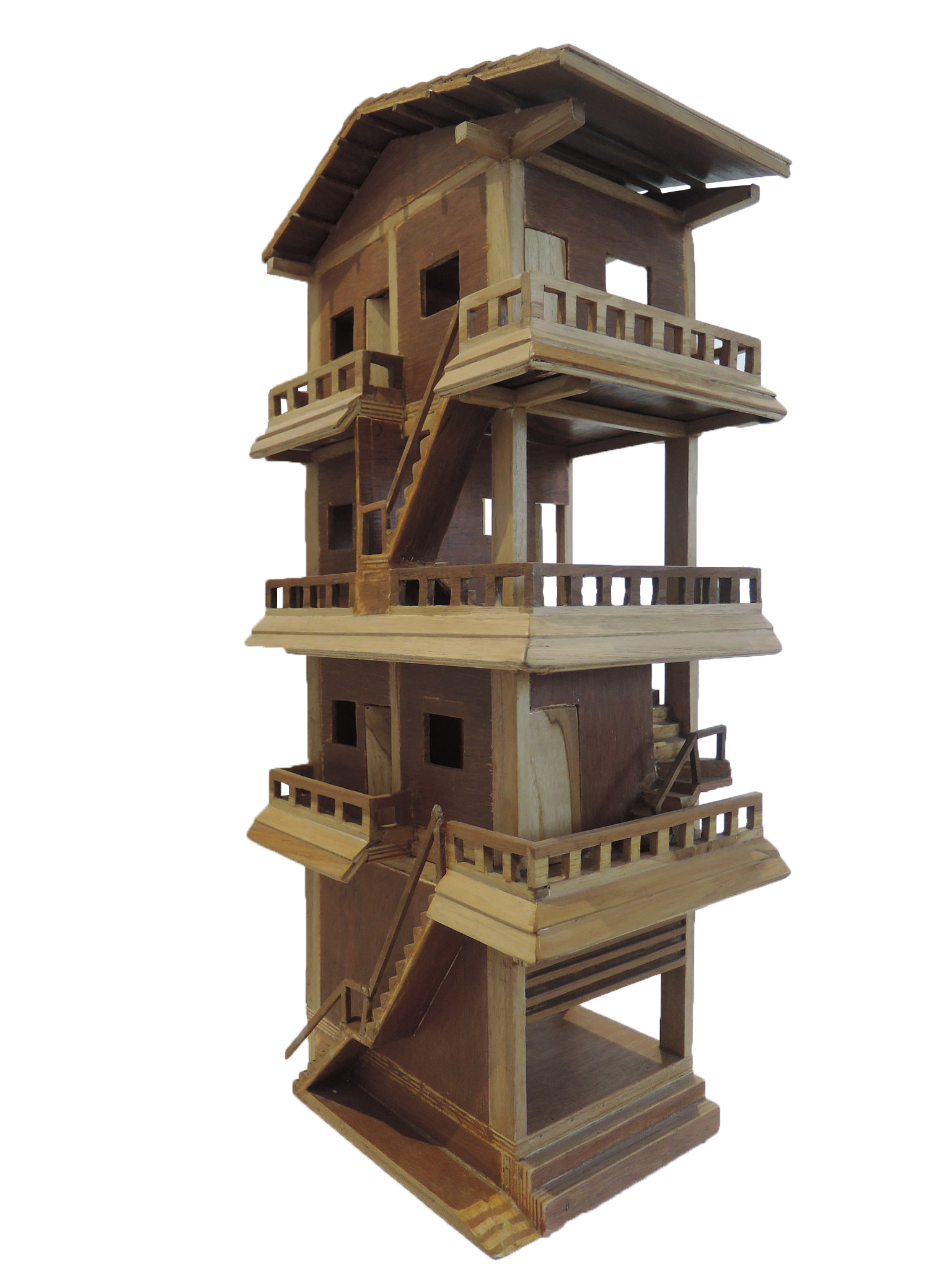
Murugan Sundaram, a 22-year resident of Dharavi from Tamil Nadu, designed this corner house. Manoj Viswakarma, born in Uttar Pradesh and residing in Dharavi since 1996, crafted the model. The house features a ground-floor shop and a semi-open second floor for social gatherings.
Mohammad Azad
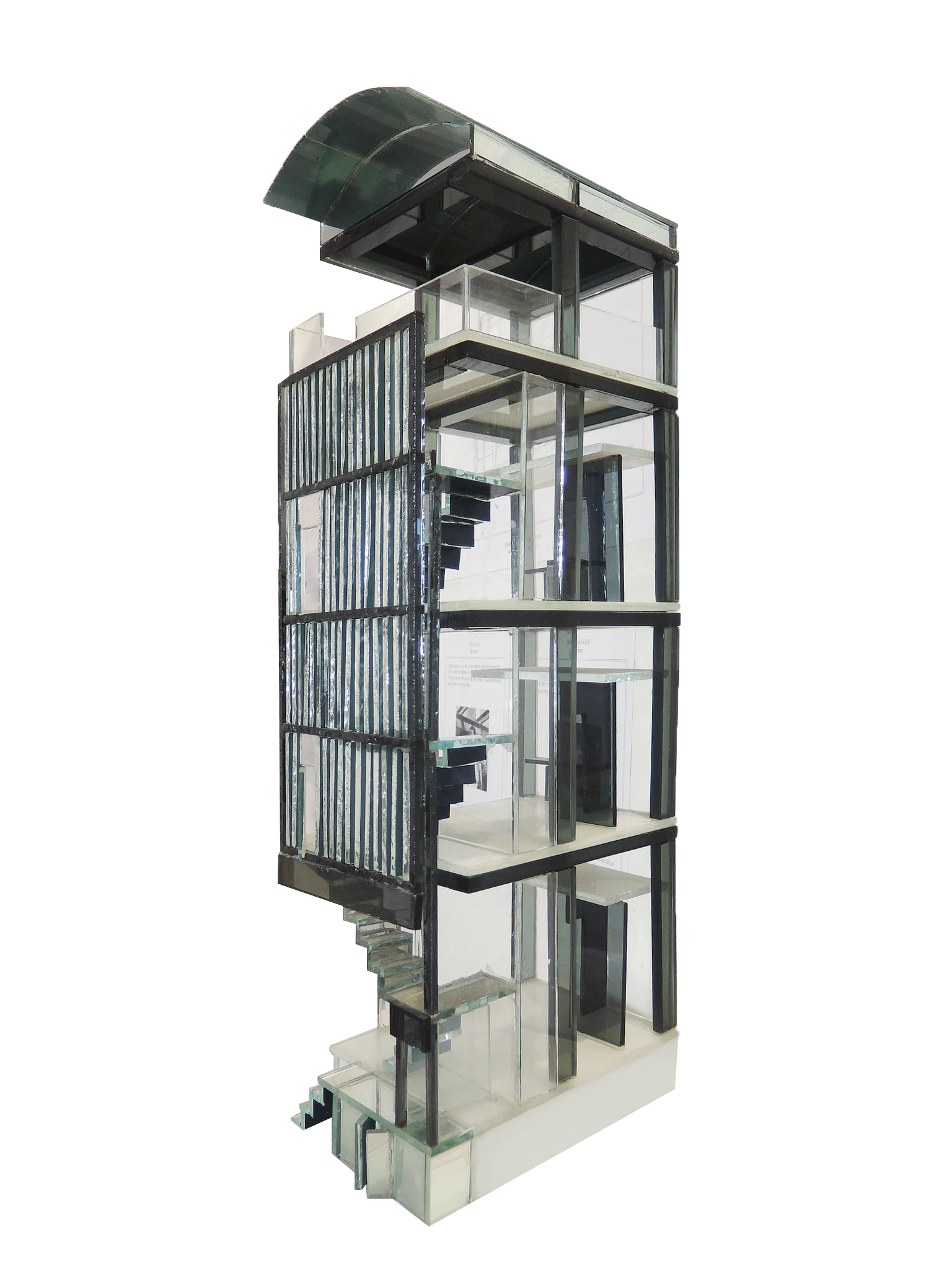
Mohammad Azad, a Dharavi resident since 2002 from Bahadurganj, Uttar Pradesh, designed this unique house. Ziyaul Haque, born in Dharavi with roots in Khas Allahabad, Uttar Pradesh, and an expert glass cutter, contributed to the model. The design includes space for a paan shop and storage at street level.
Mallapa Kotam
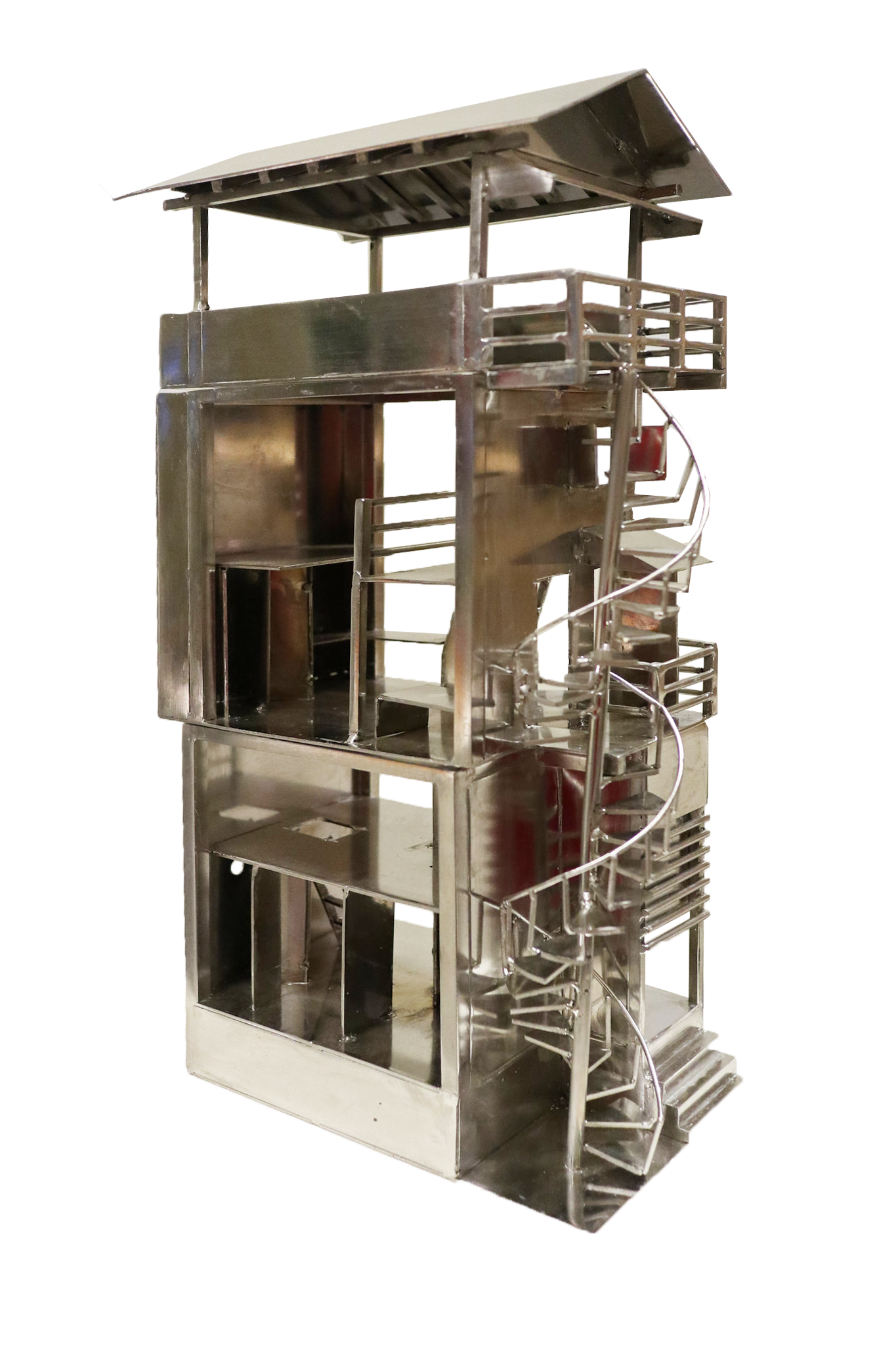
Mallappa Kotam, a local builder in Dharavi for a decade from Telangana, designed this house. Arif Khan, who came to Dharavi in 2001 and works under Tahir Siddiqui, the owner of a steel workshop for 32 years, crafted the model.
Joseph Koli
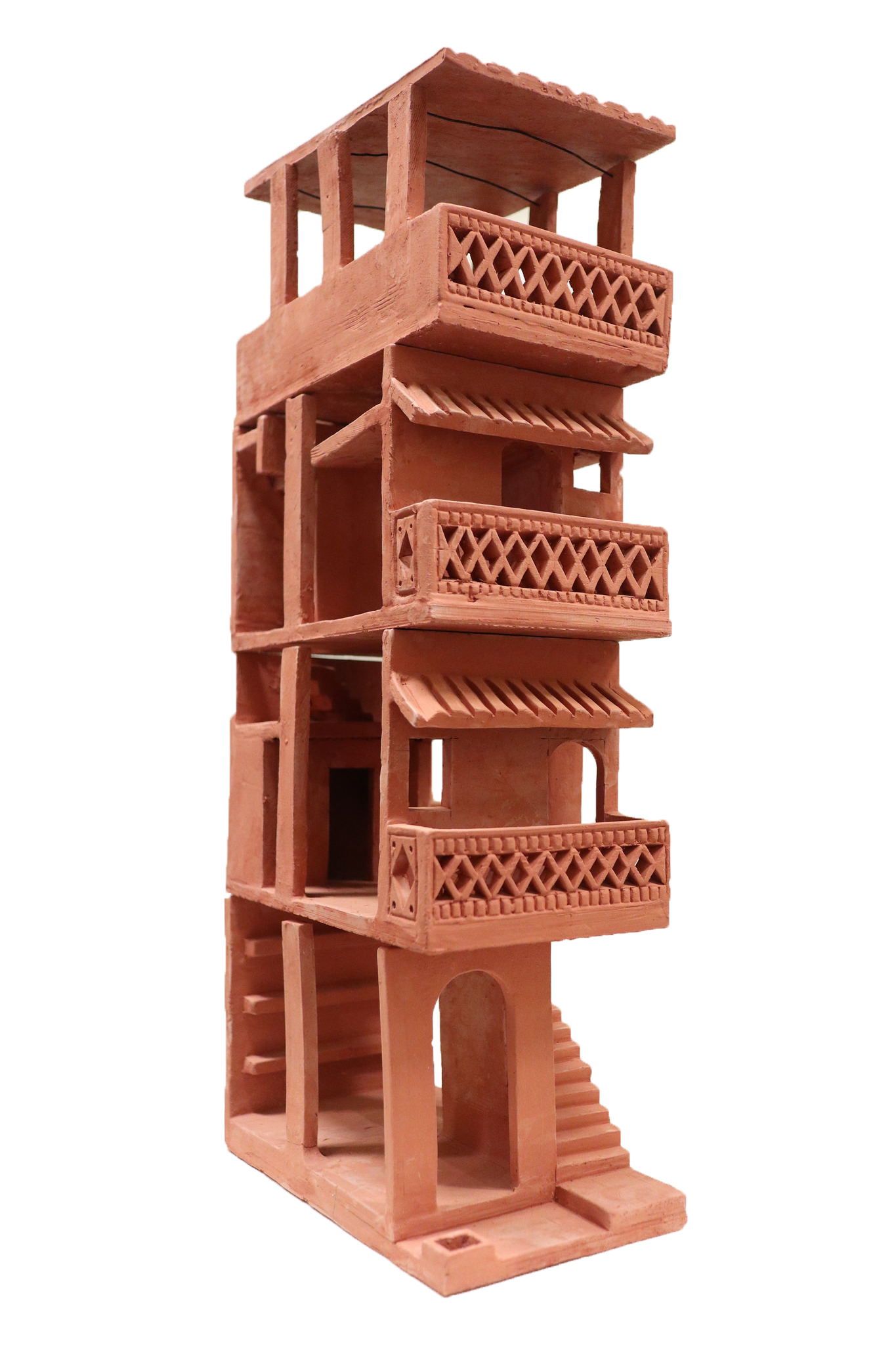
The designer of this model is Joseph Koli, a native of Dharavi Koliwada working as local builder. Ashwin Narshi Bhai Wadher, a Kumbhar community member with over fifteen years of pottery expertise, contributed to the construction. He was born in Mumbai with family roots in Gujarat.
Devraj Anant Negi
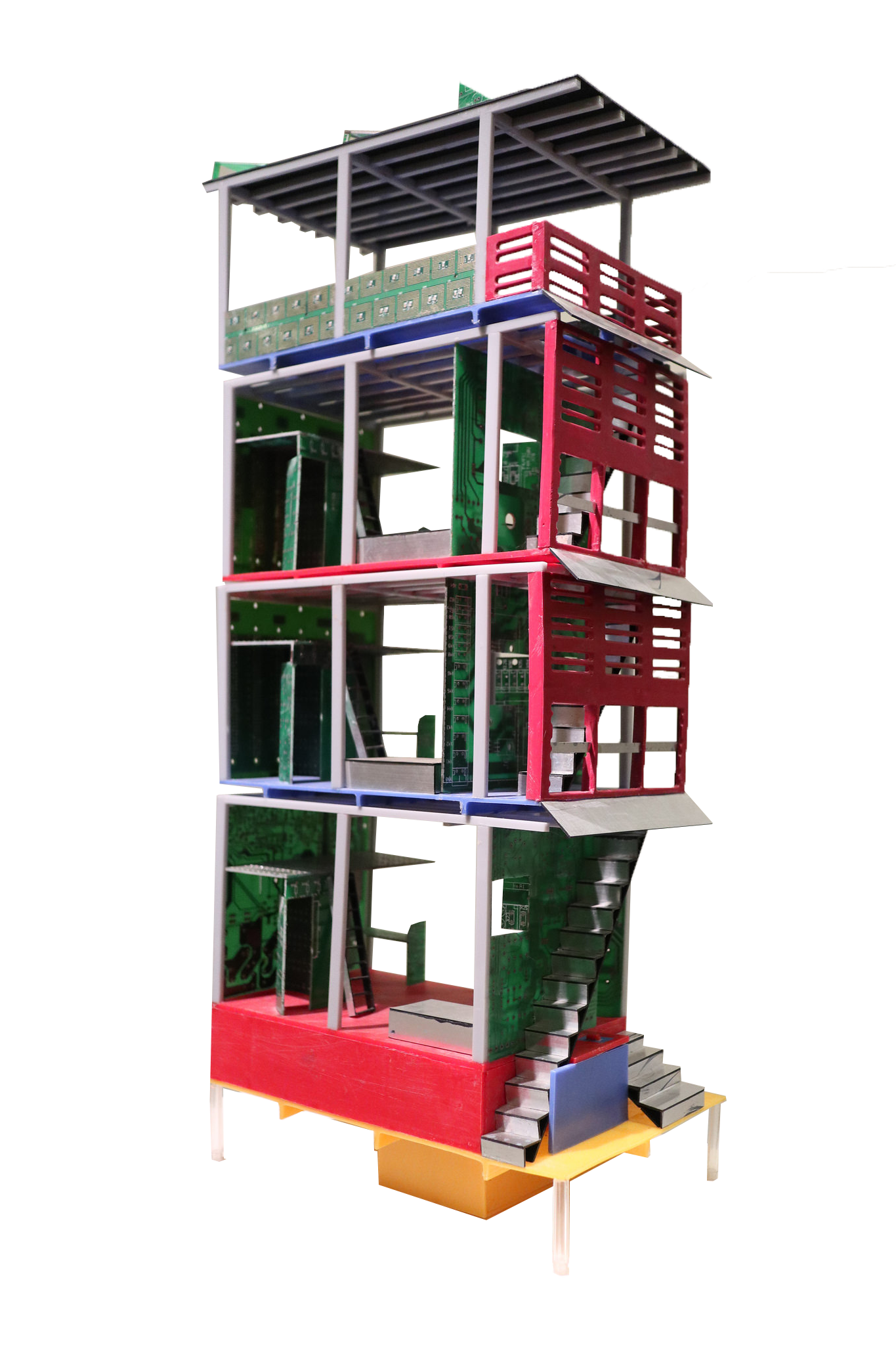
Devraj Anant Negi, a Dharavi native and contractor for 25 years from Karnataka, designed this multifunctional living space: A living room, workspace, rental unit and an open rooftop. Atul Arjanbhai Mevada born in Dharavi, Kumbharwada crafted the model. His products are sold nationally and internationally, reaching America and Dubai.


